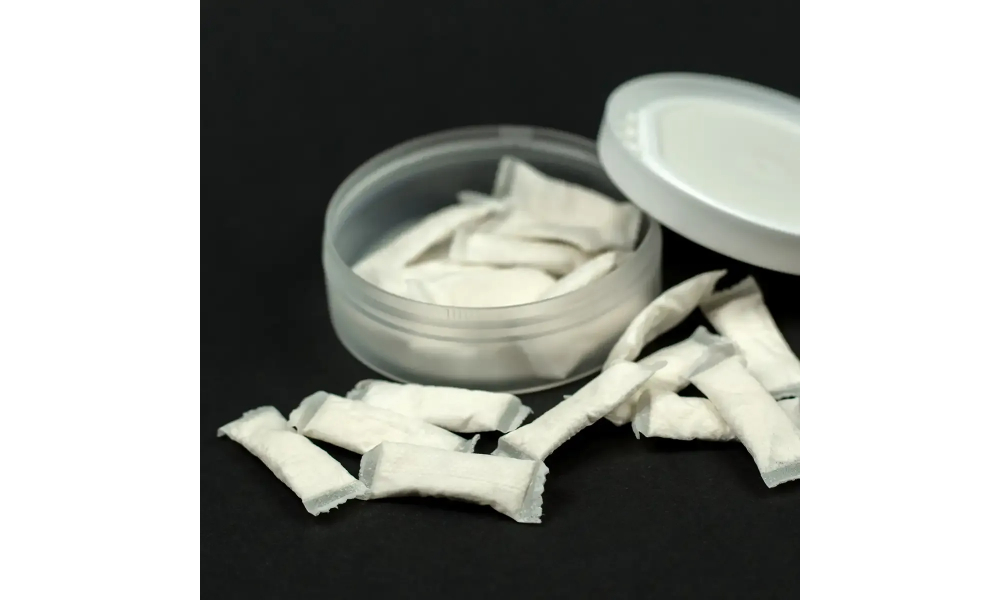
Buying pre-owned golf gear can be a great way to get your hands on first-class equipment for a fraction of the cost, but it does not come without its challenges. Just as you would if you were to buy a house or a second-hand car, it’s important to research and be mindful when you are handing over money for pre-owned golf gear. We’ve put together some tips to help…
Research thoroughly
Before you spend money on second-hand equipment, make sure you do your research on the clubs or gear you’re buying and be confident it’s a brand and product you want. Just because someone has invested in the gear, it doesn’t mean it’s any good – list your preferred brands and then see what’s on the market. If you don’t know where to find second-hand gear, you could check out Auchterlonies, one of the best golf shops in St Andrews Scotland.
Consider wedge wear
If you’re buying second-hand golf clubs, be wary of wear on wedges, as these can reduce spin on full shots. Look at the wedges carefully for signs of wear and if you’re worried about its condition, the chances are that it’s not worth buying. Some companies sell second-hand and ex-display models which are in practically brand-new condition with significant savings.
Understand your specs
Before you go looking for preowned clubs, make sure you’re fitted so you have an idea of the specs that will best suit you. Bear these in mind when you start your search and find used clubs and accessories that match what you’d be fitted for. The chances are that you’ll have to compromise and you won’t necessarily find the best gear first-time – be patient and if you’re looking in the right places, someone with your specs will eventually be looking to sell.
Look out for counterfeits
Golfing is an expensive hobby and as such, there are many fakes in circulation. After all, if someone’s prepared to pay upwards of a thousand pounds for a new club, then someone can make a healthy profit selling a knock-off replica. As you buy more and more clubs and golf equipment, you’ll learn to spot signs of counterfeits – look at the logos, grips, compare it to photographs of a new model, and ask for proof of purchase. And remember – if it looks great and it’s available for a steal, ask yourself why they’re selling. Take along a professional golfer with you if you can – a good friend can help you double-check before you buy clubs.
See it in person
Finally, make sure that you’re looking at your second-half golfing equipment in person if you plan to buy it. Blind or online auctions might work for some products, but you really need to get to feel the club in your own hands before you make the commitment. If you buy online, ask about the company’s returns policy so you can send it back if it doesn’t work for you.
Any other tips? Let us know and check back soon for more news and advice, right here.




